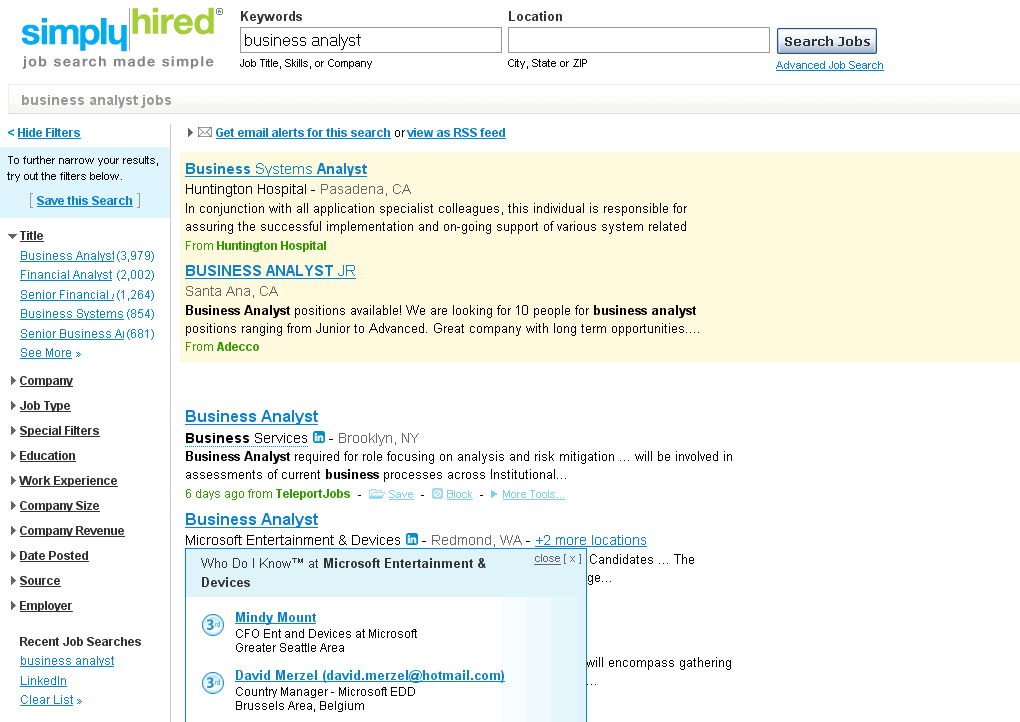 SAAS is a cheap delivery model right? Well it depends if you are a technical or a business oriented person. There was a very interesting article on Business Spectator today regarding the costs of deploying SAAS software.
SAAS is a cheap delivery model right? Well it depends if you are a technical or a business oriented person. There was a very interesting article on Business Spectator today regarding the costs of deploying SAAS software.
One of the most interesting statistics for me was that Salesforce.com (one of the few genuinely profitable SAAS success stories) spends half its revenue on sales and marketing. When I think about it it makes sense, but I guess coming from a technology background it isn’t something that I would have initially thought of. The scary thought that comes after this is what percentage of revenue is taken up once you include support as well? The even scarier one is are you really achieving scalability if these represent the vast majority your costs?
As the article points out, there are three economic fundamentals:
- How much it costs to attract new customers (known as subscriber acquisition costs)
- How much money can be extracted from those customers in regular subscriptions (known as “average revenue per user”, or ARPU)
- How often subscribers drop out and have to be replaced (the churn rate)
 For point 1 I think SAAS companies still rely on their old mantra that the SAAS model generally is still struggling for widespread momentum. I think this still holds true, but perhaps these days more because of the costs of migration and training rather than lack of market acceptance or knowledge. The sales and marketing costs are therefore quite high as they are pulling lagging and inflexible customers into what is now a competitive market place with low barriers of entry.
For point 1 I think SAAS companies still rely on their old mantra that the SAAS model generally is still struggling for widespread momentum. I think this still holds true, but perhaps these days more because of the costs of migration and training rather than lack of market acceptance or knowledge. The sales and marketing costs are therefore quite high as they are pulling lagging and inflexible customers into what is now a competitive market place with low barriers of entry.
These low barriers of entry tie into the last two points. Companies can theoretically treat SAAS software like they would their telephone company and switch at any stage. This means that new entrants can come in and undercut the established players, keeping subscription revenues down across the board.
The interesting part for me is that online classifieds is somewhat like the SAAS model. It relies on subscriptions and has a low barrier to entry. Why are they so profitable then? I have a few ideas:
- A new twist on the established classifieds model, rather than a whole new model
- Industry maturity leading to a consolidation of players (and profits)
- The difficulties in targeting consumers online
To be honest I really feel like I am missing something here. Can anyone help?




